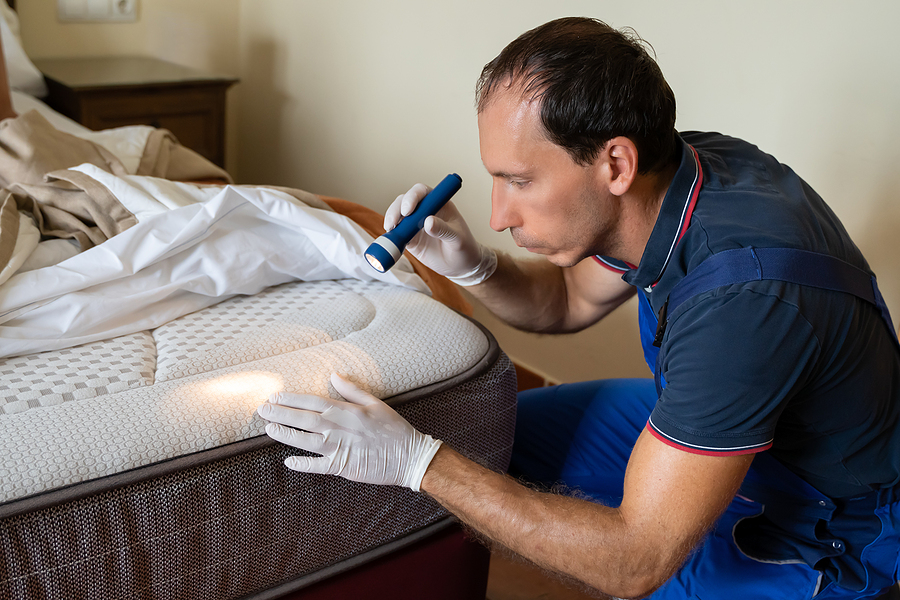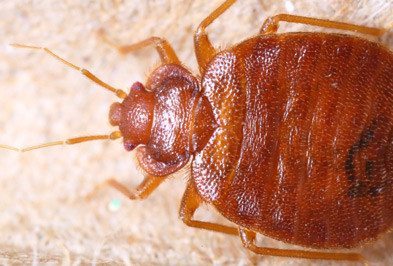Reputable A1 Bed Bug Treatment Houston - Proven Techniques
Reputable A1 Bed Bug Treatment Houston - Proven Techniques
Blog Article
Comprehending the Lifecycle of Bugs for Targeted Control Methods
Recognizing the lifecycle of pests is a fundamental element of effective insect monitoring techniques. Via a deeper understanding of just how insects evolve and grow, customized control strategies can be made to attend to particular factors in their lifecycle, eventually leading to more effective pest administration results.
Importance of Comprehending Bug Lifecycle
Understanding the lifecycle of bugs is essential for developing effective and targeted control approaches in pest administration. By understanding the numerous phases an insect undergoes from egg to grownup, parasite control professionals can determine weak spots in the lifecycle where treatment can be most successful. Knowing when larvae are most active can assist determine the optimal timing for using larvicides. Additionally, comprehending the life-span of an insect types can aid in predicting population development patterns and potential infestation threats.
Additionally, identifying the certain environmental conditions necessary for each phase of the parasite's lifecycle can lead choices on habitat modification or exclusion approaches to reduce and disrupt the lifecycle insect populations. This understanding allows pest administration experts to implement proactive measures rather than depending entirely on reactive treatments, resulting in even more long-lasting and lasting pest control solutions. Ultimately, a complete understanding of bug lifecycles equips insect control professionals to tailor their techniques efficiently, reducing environmental impacts and maximizing control results.
Secret Stages in Pest Development
To successfully apply targeted control methods in pest management, a critical aspect exists in adequately identifying and comprehending the vital phases in insect growth. Pest advancement normally includes several crucial phases that are crucial for their lifecycle and administration. The initial stage is the egg stage, where insects lay eggs that later hatch into larvae. Larvae then progress right into pupae, a phase where they undertake transformation prior to arising as adult pests. Comprehending these stages is necessary as it aids in determining weak spots in the lifecycle where control measures can be most reliable.

Susceptabilities in Insect Lifecycle
Throughout the various stages of a pest's lifecycle, unique susceptabilities arise that can be strategically targeted for reliable control steps. One critical vulnerability depends on the egg stage, where pests are commonly much more at risk to specific pesticides or organic control agents as a result of their soft outer shell, making them simpler targets for intervention. Furthermore, the larval or nymph phase presents susceptabilities as pests undertake rapid development and growth, calling for high energy consumption that can be made use of by interrupting their food resources or introducing growth inhibitors. Pupal stages, identified by stability and change, supply a window for targeted control with physical obstacles or particular therapies that prevent successful development. Grown-up parasites, while extra resistant due to their reproductive ability, can still be at risk throughout breeding or egg-laying tasks, which can be interrupted with pheromone traps or sterilization techniques. Understanding these vulnerabilities in the insect lifecycle is essential for developing efficient and precise control strategies that effectively manage pest populations while reducing environmental impact.
Carrying Out Targeted Control Actions

Carrying out targeted control procedures normally involves a multi-faceted strategy. This may include environment modification to make the environment much less welcoming to insects, such as removing standing water for insect control or securing entry factors for rodents. Additionally, biological control methods can be made use of, where natural killers or microorganisms are presented to keep parasite populations in check.
Integrated Bug Monitoring (IPM) strategies that integrate different control steps in a collaborated and sustainable way are frequently the most effective in attaining long-term pest management objectives. By carrying out targeted control steps based on a complete understanding of parasite lifecycles, insect populations can be properly managed while reducing risks to human wellness and the atmosphere.
Enhanced Parasite Administration Practices

Furthermore, the unification of organic control agents, such as natural killers or virus of insects, can help in reducing dependence on chemical check this site out pesticides and promote a more balanced ecosystem. Carrying out physical barriers and catches can also become part of enhanced bug administration techniques, using non-toxic and targeted remedies for insect control. Additionally, making use of scents and other semiochemicals can interfere with pest mating patterns and interaction, leading to minimized bug populaces in time.
Verdict
By determining crucial phases in bug advancement and susceptabilities in their lifecycle, targeted control actions can be implemented to minimize insect populations. Improved parasite monitoring methods can assist minimize the dependence on broad-spectrum pesticides and advertise even more lasting and ecologically friendly bug control methods.
Understanding the lifecycle of bugs is vital for developing reliable and targeted control techniques in pest monitoring. By comprehending the different stages a bug goes through from egg to grownup, pest control specialists can identify at risk points in the lifecycle where treatment can be most successful. Inevitably, a thorough understanding of bug lifecycles empowers parasite control experts to tailor their strategies successfully, decreasing ecological effects and optimizing control end results.
By executing this hyperlink targeted control actions based on an extensive understanding of insect lifecycles, parasite populations can be efficiently managed while decreasing threats to human health and the atmosphere.
By determining vital phases in pest development and vulnerabilities in their lifecycle, targeted control procedures can be carried out to decrease pest populations.
Report this page